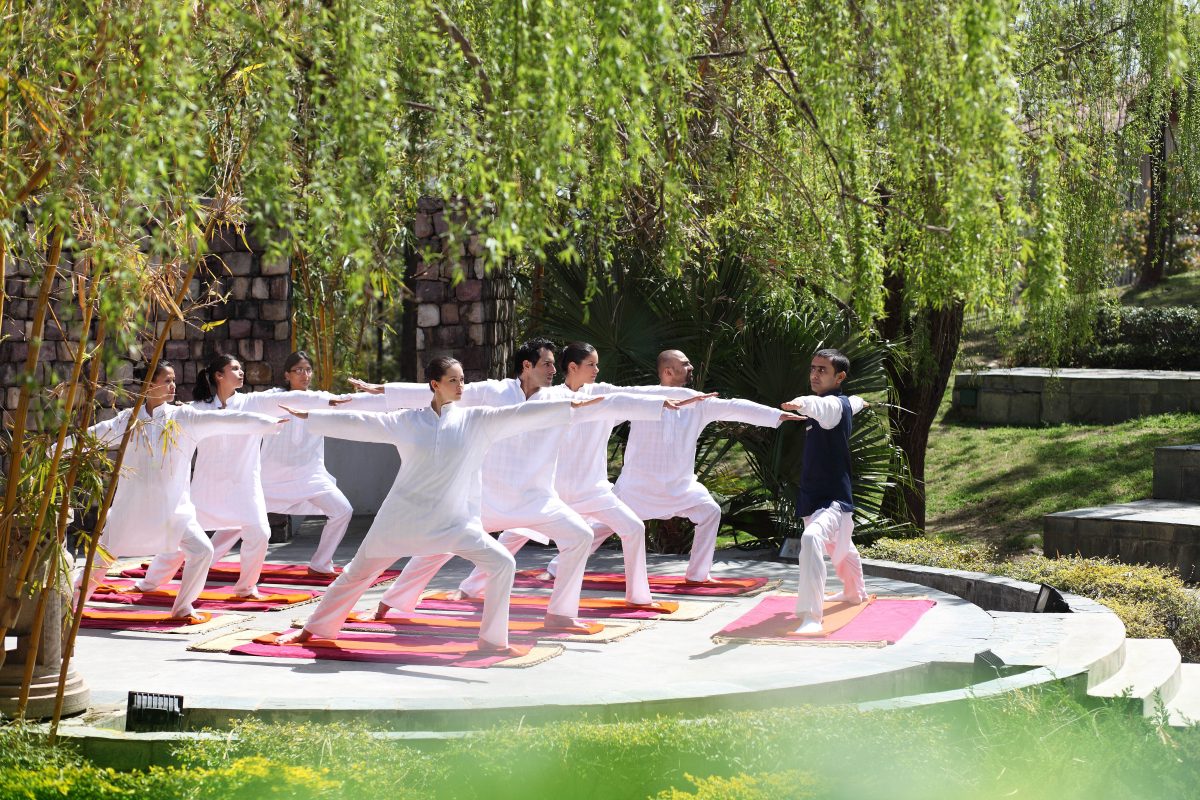How Ananda Went From a Foreigners’ Wellness Retreat to a 50% Indian Clientele

```html
Ananda in the Himalayas: Redefining Wellness Tourism
From Pampering to Transformation
Twenty-five years ago, Ananda in the Himalayas opened its doors as a luxurious escape in the Indian foothills. Today, it's a global leader in wellness, offering programs designed to foster longevity, rejuvenation, and balanced living. This transformation reflects a worldwide shift towards prioritizing well-being, a trend Ananda has expertly capitalized on.
Bucking the Trend: A Wellness Boom
While the global tourism industry is still recovering from the pandemic, Ananda is thriving. International visitor numbers have doubled compared to pre-pandemic levels, a testament to the growing demand for integrative wellness experiences.
"We've bucked the trend," states Aashica Khanna, director of Ananda in the Himalayas. "The world is moving towards integrative wellness — physical, emotional, and mental health combined. India has the knowledge and heritage. What we need now is a concerted effort to showcase it to the world."
The Rise of Domestic Wellness Tourism
Initially reliant on international clientele, Ananda has witnessed a surge in domestic bookings. As awareness of Ayurveda, yoga, and holistic wellness practices increases amongst Indian travelers, Ananda now sees a 50/50 split between domestic and international guests.
"A large part of the work we’ve done in India was about building awareness," explains Ashok Khanna, managing director of the retreat.
Authenticity Meets Modernity
Ananda’s core philosophy revolves around remaining true to ancient Indian traditions while addressing modern lifestyle challenges. From hormonal imbalances to stress-related disorders, Ananda tackles universal health concerns through the lens of Ayurveda, yoga, and Vedanta.
This approach has resulted in longer stays, averaging 7 to 21 nights, with many guests returning multiple times a year.
The Evolving Landscape of Wellness Travel
Ananda’s success reflects broader industry trends. Programs targeting sleep disorders, metabolic issues, and auto-immune conditions are increasingly popular, as travelers seek long-term health benefits. The focus has shifted to longevity, with guests aiming to not just feel good but also to extend and enhance their quality of life.
Demographic shifts are also apparent. While traditionally dominated by women, Ananda has seen significant growth in male guests, reflecting a broader trend in the wellness industry.
A Global Reach: Beyond Traditional Marketing
Ananda’s international expansion has been driven by strategic partnerships, pop-up retreats, and educational programs. From Switzerland to the Maldives, Ananda is introducing its unique philosophy to a global audience.
"The goal isn't just visibility — it's about meaningful connections," Aashica Khanna emphasizes. "Even a three-day retreat can trigger a long-term commitment to wellness."
Innovation: Tech and Research
Ananda's growth isn't limited to physical expansion. The Ananda Well-Being App helps guests manage their wellness journey before, during, and after their stay. Furthermore, the retreat prioritizes research, converting client wellness touchpoints into data-driven case studies to bridge the gap between ancient wisdom and modern science.
Challenges and Opportunities in India
Despite Ananda’s achievements, the Indian wellness tourism sector faces challenges, particularly regarding government support and infrastructure development.
"Indian tourism is still being sold as the Taj Mahal and temples," observes Ashok Khanna. "There’s no structured investment in positioning India as a wellness destination."
While India boasts a dedicated ministry for holistic health (the Ayush ministry), its global promotion efforts remain inconsistent.